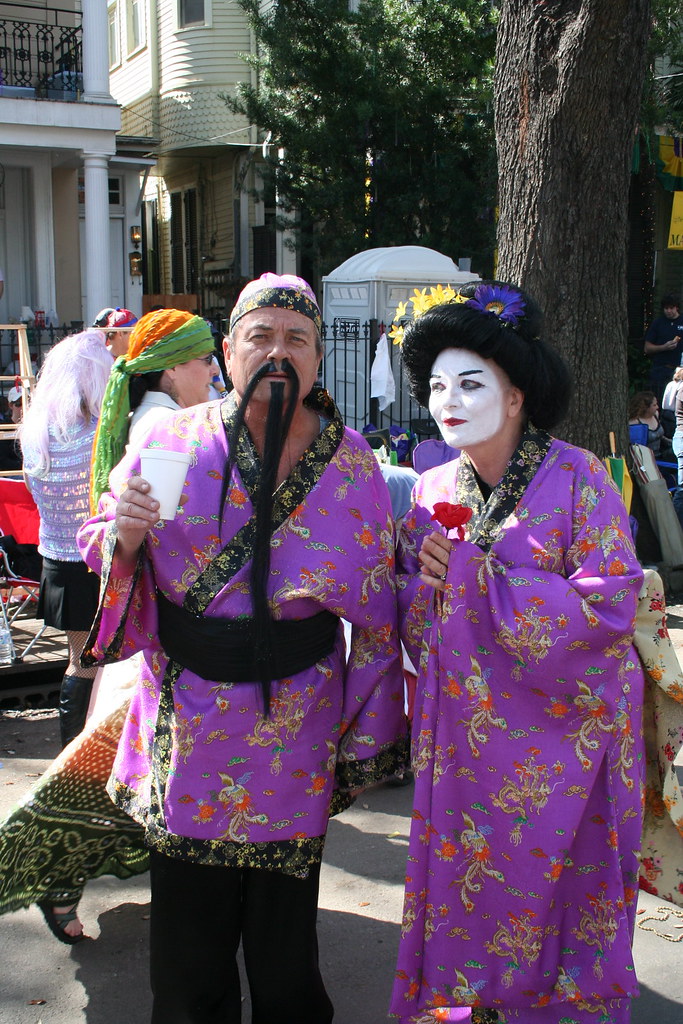In the Philippines, ceremony customs may change depending on the region, faith, and ethnicity. For instance, some couples make a unique sticky rice cake or perform traditional religious rituals. Numerous people https://dailyillini.com/life_and_culture-stories/2023/02/06/long-distance-relationships/ organize something akin to a rehearsal dinner for their visitors in a more contemporary setting.
Filipinos furthermore have ceremony sponsors or “aunties and aunts,” while the majority of people did own a maid of honor. These special visitors are known as the “ninang” or “ninong” for the wedding, “ninong” for the groom, and “ninong” for the bridegroom. They participate in ceremonia, including coin ceremonies, mask ceremonies, and wire ceremonies with candles.
In the Philippines, seeking parental approval is a great part of the wedding custom. In front of the rest of the wedding guests and occasionally even the priest, the ninang or ninong gently touch their parent’s hand to their own forehead, although this is n’t always done during the ceremony itself. This gesture acknowledges that their families are giving their child to their lover and shows value for them.
Another significant marriage meeting is known as the pamamanhikan. This crucial stage of a betrothed child’s relationship is significant because it embodies the man’s commitment to his coming girlfriend’s relationship to her community. The woman’s home then accepts his suggestion.

A well-known symbol in Philippine weddings is the aras christianfilipina or arrhae. It is a marriage jewelry with thirteen coins that represent the couple’s great health, prosperity, and luck. It is typically held by a sweet gold recipient. During the ceremony, the bridegroom places the aras or arrhae on the princess’s forearm.